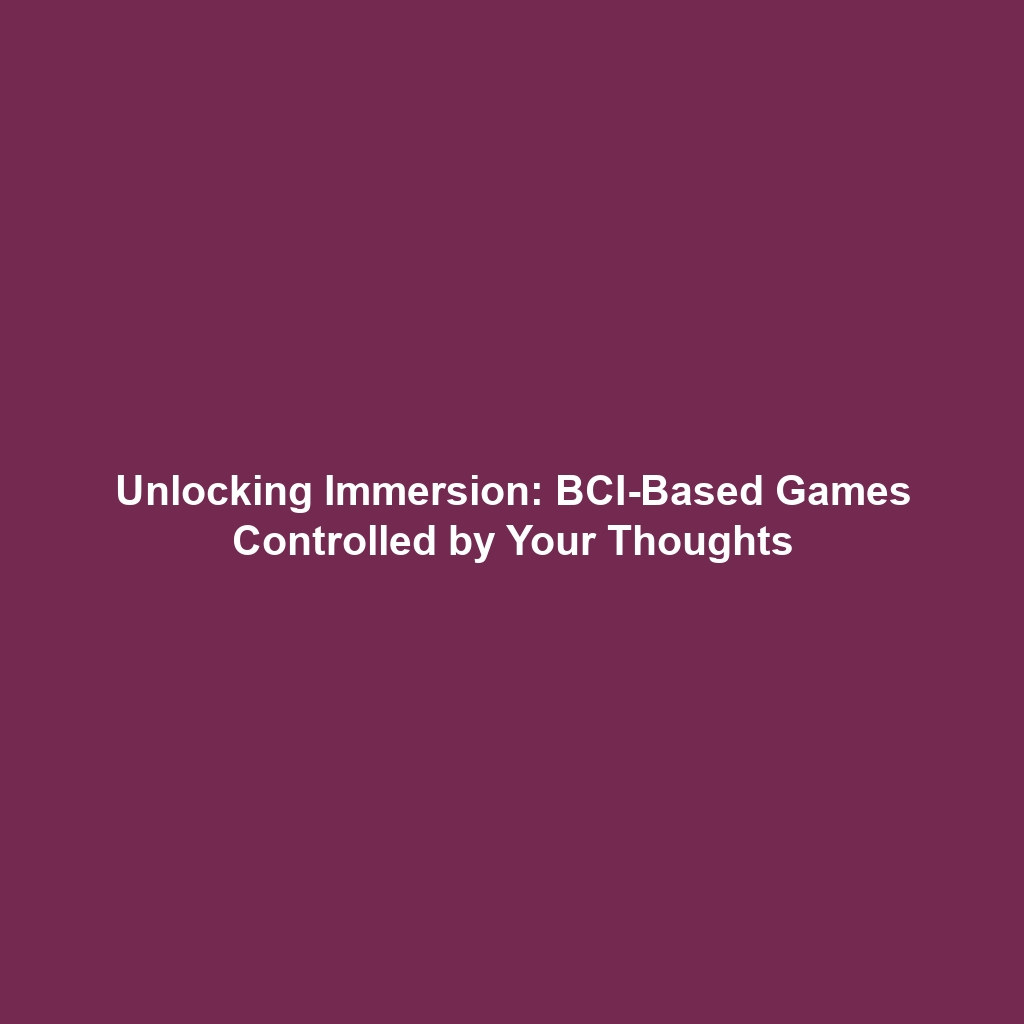Progress: Neuralink’s Development of Thread-like Electrodes for Brain-Computer Interfaces
Introduction
Neuralink, a pioneering neurotechnology company, has made significant advancements in Brain-Computer Interfaces (BCIs) by developing a system of thread-like electrodes that are implanted directly into the brain. This groundbreaking technology allows for the precise reading of neural activity, potentially revolutionizing how humans interact with technology. As more research highlights the importance of BCIs in various fields—ranging from medicine to gaming—the implications of Neuralink’s innovations are profound. Understanding these systems’ significance is essential for grasping the future trajectory of neuroscience and technology.
Key Concepts
The system of thread-like electrodes developed by Neuralink operates based on several key principles in neurotechnology and biomedical engineering:
Electrode Design
- Thread-like Electrodes: These are ultrathin, flexible wires designed to minimize damage to brain tissue while effectively capturing neural signals.
- High-Precision Reading: The electrodes can detect minute variations in electrical activity, which allows for high-resolution mapping of brain functions.
- Neural Feedback Loops: The system facilitates real-time feedback between the brain and an external device, making communication more efficient.
Integrating these components positions Neuralink at the forefront of advancing Brain-Computer Interfaces, showcasing how technology can merge with human cognitive functions robustly and non-invasively.
Applications and Real-World Uses
The applications of Neuralink’s thread-like electrode system are extensive, particularly in the realm of Brain-Computer Interfaces:
- Medical Therapeutics: BCIs can assist individuals with paralysis by enabling control over prosthetic devices through thought.
- Neurofeedback Therapy: Potential applications in treating mental health disorders such as depression or anxiety through direct communication with the brain.
- Enhanced Human-Machine Interaction: In gaming and virtual reality, BCIs can create immersive experiences controlled by the user’s neural signals.
These practical uses demonstrate how Neuralink’s technology is used in Brain-Computer Interfaces, with the potential to reshape therapy, rehabilitation, and entertainment.
Current Challenges
Despite the promising outlook, several challenges persist in implementing Neuralink’s innovations within the broader scope of Brain-Computer Interfaces:
- Biocompatibility: Ensuring that electrodes do not elicit adverse immune responses in the brain.
- Data Security: Safeguarding the sensitive information transmitted between the brain and external devices from hacking.
- Technological Integration: Developing seamless interfaces that not only function effectively but also maintain user comfort and safety.
Addressing these challenges of Neuralink’s advancements is crucial for moving forward in the field of neurotechnology.
Future Research and Innovations
As Neuralink continues to refine its technology, several exciting possibilities emerge for the future of Brain-Computer Interfaces:
- Improved Electrode Materials: Research into advanced materials could enhance the durability and efficiency of brain implants.
- Wireless Communication: Upcoming innovations may lead to completely wireless devices that reduce surgical risk and enhance user experience.
- Expanded Therapeutic Applications: Ongoing research aims to broaden the scope of conditions treated by BCIs, including spinal cord injuries and neurodegenerative diseases.
These future-focused breakthroughs are vital for establishing the next-generation capabilities of Brain-Computer Interfaces.
Conclusion
Neuralink’s development of thread-like electrodes marks a significant milestone in the development of Brain-Computer Interfaces. This innovative technology not only offers new avenues for medical treatment but also enhances human capabilities in numerous domains. As research continues, staying informed about progress in this field is essential. For further exploration on related topics, consider reading more on neurotechnological advancements and the ethical implications of BCIs.



